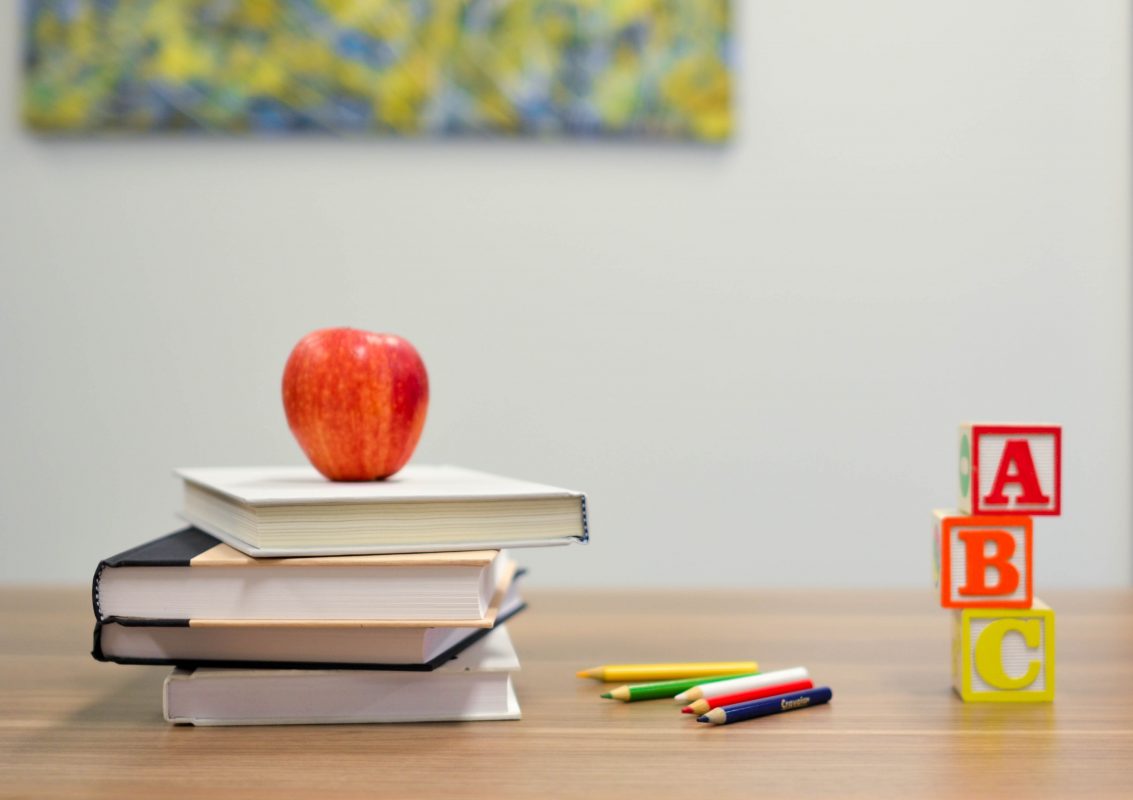Understanding Your Child’s Learning Style
This is a collaborative post. Thank you supporting the posts which make this blog possible.
For many years now, psychologists and educational professionals have believed that different students learn best when information is presented to them in a certain way. There are three main types of learners and what works for one might not work for another. Read on for more information from a junior school in Leicestershire.

Photo by Element5 Digital on Unsplash
What Are the Main Learning Styles?
- Visual: Visual learners are better able to absorb information when it is shown to them using images, charts, symbols, arrows, colours etc. Essentially, they prefer graphic depictions of information.
- Auditory: Also known as aural learners, this type of learner prefers listening to information rather than reading it. They may enjoy reading aloud to themselves and tend to prefer group discussions.
- Kinaesthetic: Kinaesthetic learners like to engage all of their senses when learning and prefer hands-on, physically active lessons, such as science, PE, or drama.
In order to identify your child’s learning style, you will need to observe their behaviour. Does your child like to doodle and make lists? If so, they might be a visual learner. Does your child prefer audiobooks over reading, and do they ask lots of questions rather than taking notes? If so, they are probably an auditory learner. Does your child have difficulty sitting still for long periods of time? Do they need to take regular breaks while studying? If so, they could be a kinaesthetic learner.
Once you understand which learning style is most applicable to your child, you will be in a better position to help them with their education. For instance, if you know that your child is a visual learner, you can provide them with picture books and draw diagrams when explaining things to them. Encourage them to turn notes into pictures and make mind maps while revising. If you know that your child is an auditory learner, you will know that explaining things verbally to them is the best way to help them understand something. Finally, if you know your child is a kinaesthetic learner, you will know to allow them to take breaks from the homework and encourage them to do something physical while studying, like chewing gum or pacing the room.
Leave a Reply